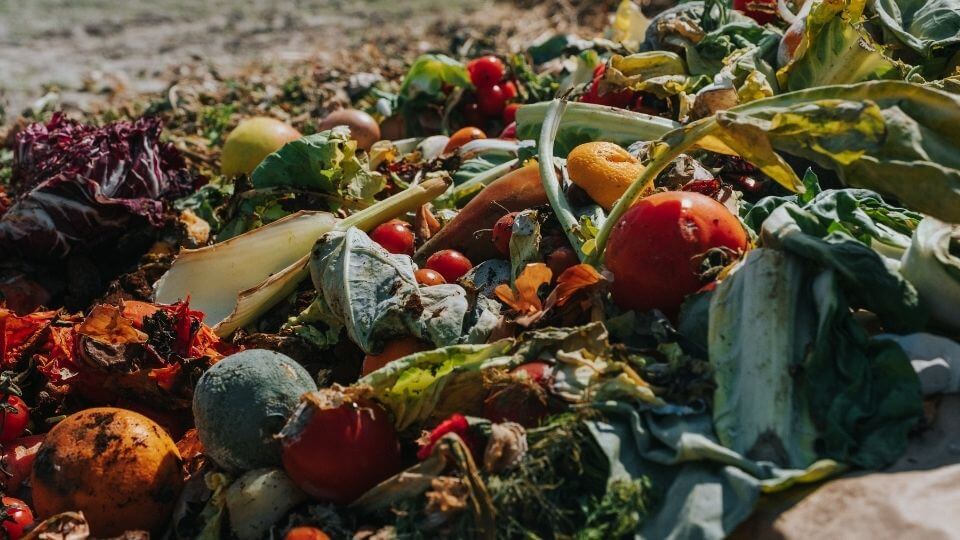The opportunities and obstacles for upcycled pet food

Upcycled pet foods utilize excess resources which are readily available instead of letting them go to waste. Six industry executives discuss how brands can evolve and succeed.
As we enter a new era of what some may call the ‘post- pandemic society’, new cracks in the global supply chain remind us of the market’s fragility. Despite the exponential growth of the pet food market, the industry is not immune to these universal challenges. What if there were localized resources available in our own backyards to counter the challenges of volatile global supply chains? And what if those resources also reduced food waste and minimized carbon footprints? Here, six executives from the upcycled pet food industry discuss the opportunities and challenges in more detail.
A resilient market opportunity
Nikki Collier, founder of Leashless Lab, believes that upcycling may be a solution. “That’s the beauty of upcycling in the supply chain, and what you can do with it if you just ask your neighbors.” Heidi Gillman, director of business development at Ag-Alchemy, echoes Collier’s sentiments. “There’s really something to be said about this whole upcycling piece because all the inputs are already there. We’re not worried about something being stuck on a boat in a port.”
Preventing food waste
According to the United States Department of Agriculture (USDA), 30-40% of the nation’s food supply goes to waste. This has massive implications for people and planet alike. In fact, Project Drawdown claims that preventing food waste is the single greatest solution to fighting global warming. Upcycled pet foods support this notion by utilizing excess resources which are readily available and within reach, instead of letting them go to waste. Alex Waite, co-founder of Shameless Pets, defines the process more precisely as “rescuing and transforming misfit and surplus produce into high-quality treats for pets”.
Waite emphasizes the balance between maintaining healthy supplier relationships and keeping your options open. “It’s really important to create deep relationships in your supply chain so you have the trust that enables the both of you to scale and grow. At the same time, having multiple options to lean on is integral to being a nimble, fast-growing start-up.” Doing so minimizes the risk of losing inventory while remaining open to new opportunities.
Challenges persist
Despite the allure, it’s worth noting that there’s no precise supply chain or distribution platform for upcycling. “You have to figure out a lot of stuff on your own, and the ‘right’ process will be different for different upcycled ingredients, different geographies and different businesses,” explains Eric Westerduin, founder and CEO of Calvin’s Craft.
Cost can be another barrier. “There is this perception that upcycled material should be cheaper, but in all reality it tends to be more expensive,” says Waite. In many cases, it’s more cost-effective for this food ‘waste’ to go to a landfill than to be repurposed.
“It takes additional resources – people power, processing time, storage or even additional capital expense – for this material to be captured in a food- safe manner to make it acceptable for utilization,” she adds. “I want to be sustainable, but is it worth me paying 25% more to get upcycled blueberries rather than traditional blueberries?” asks Nicole Marchand, CEO and founder of Dog Child. “I still struggle with that.”
Much-needed capital
Even with a stable supply chain, there tends to be a stigma around upcycling in the eyes of investors. “Our biggest challenge right now is finding investors who understand upcycling and believe in the business model,” continues Westerduin. While financial backers may applaud innovation and sustainability, they’re often hesitant to extend the much-needed capital required for these businesses to scale up, even when they’ve proven to be profitable. “Investors can be quick to dismiss upcycling as a niche trend and something that isn’t scalable,” Westerduin adds.
However, the barriers to investment may be decreasing. Together with co-founder ReFED, the Upcycled Food Association (UFA) has created the Food Waste Funder Circle, where investors can receive a weekly ‘deal-flow’ report outlining investment opportunities across the entire food waste industry.
Education and awareness
There seems to be a lot of misunderstanding around upcycling among consumers too. Some associate the idea with consuming trash, which is far from true. In actual fact, upcycled ingredients undergo the same rigorous testing as conventional foods to ensure they meet high quality and purity standards before being converted and brought to the market.
Eric Adams, founder of Dog and Whistle, appreciates the need for consumer education. He takes a grassroots approach, teaching on the ground in real time at his brick and-mortar shop, Le Pup Café, where he offers taste tests to not only dogs, but also their human owners. He’s typically met by a flurry of disbelief and confusion, before proceeding to explain that the treats are human-grade, nutritious and tasty. Eventually, many of the humans do sample the products, he says. Adams works with a veterinary consultant from Tuskegee University who curates his upcycled dog treat recipes to safeguard their quality and purity.
Discarding the term ‘waste’
“This isn’t really ‘waste’, you know. We need to stop using that word,” states Gillman. To raise awareness, Ag-Alchemy created a video to help consumers wrap their minds around the scope of the company’s manufacturing capabilities and unrivaled access to fresh, surplus bread, while gaining a better understanding of what upcycling looks like in practice. Similarly, Shameless Pets has created a brief animated clip on the company website along with mapping tools and pie charts to help visualize and communicate the full scope of the ‘carbon paw print’.
Popular among millennials
Upcycled pet foods are a good fit with the humanization trend and the evolution of the ‘pet parent’. Perhaps unsurprisingly, they are better received by millennials than baby boomers. “I find there is a big generational gap,” says Marchand. “Upcycling is a little controversial still.” There is an indication that this gap may be closing, however, since millennials now represent the biggest share of pet ownership in the US according to a 2021/2022 survey.
Adopting new lifestyles
As more pet food brands embrace the growing shift toward high-quality, human-grade pet food, new organizations have emerged to support brands in creating a unified message around upcycling, like the Upcycled Food Association. The organization has already played a major regulatory role by creating the novel Upcycled CertifiedTM product verification program.
Ultimately, if concerns around scalability and access are to be addressed, upcycling must be adopted as a lifestyle, not just a trend. “It must be more of a mindset in the consumer; that’s what’s going to make it sustainable in the long term,” concludes Marchand.
